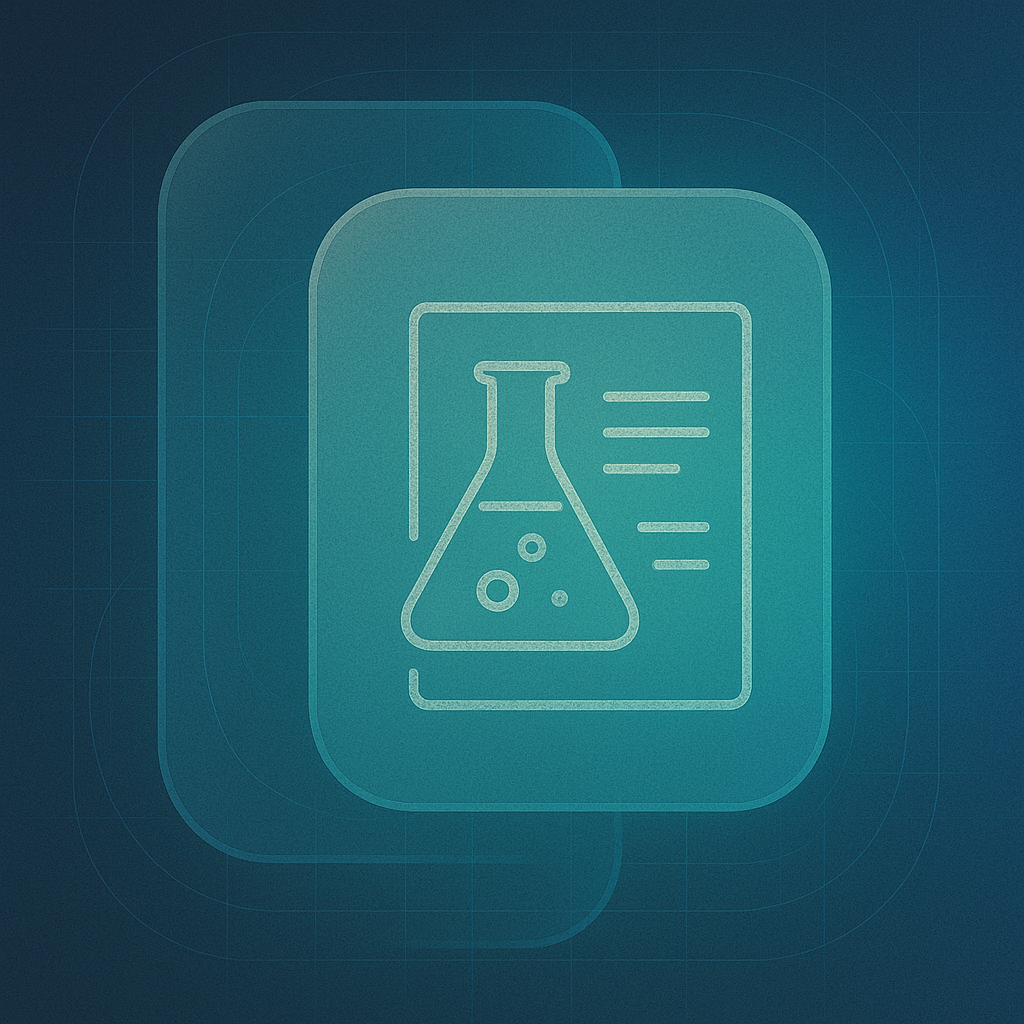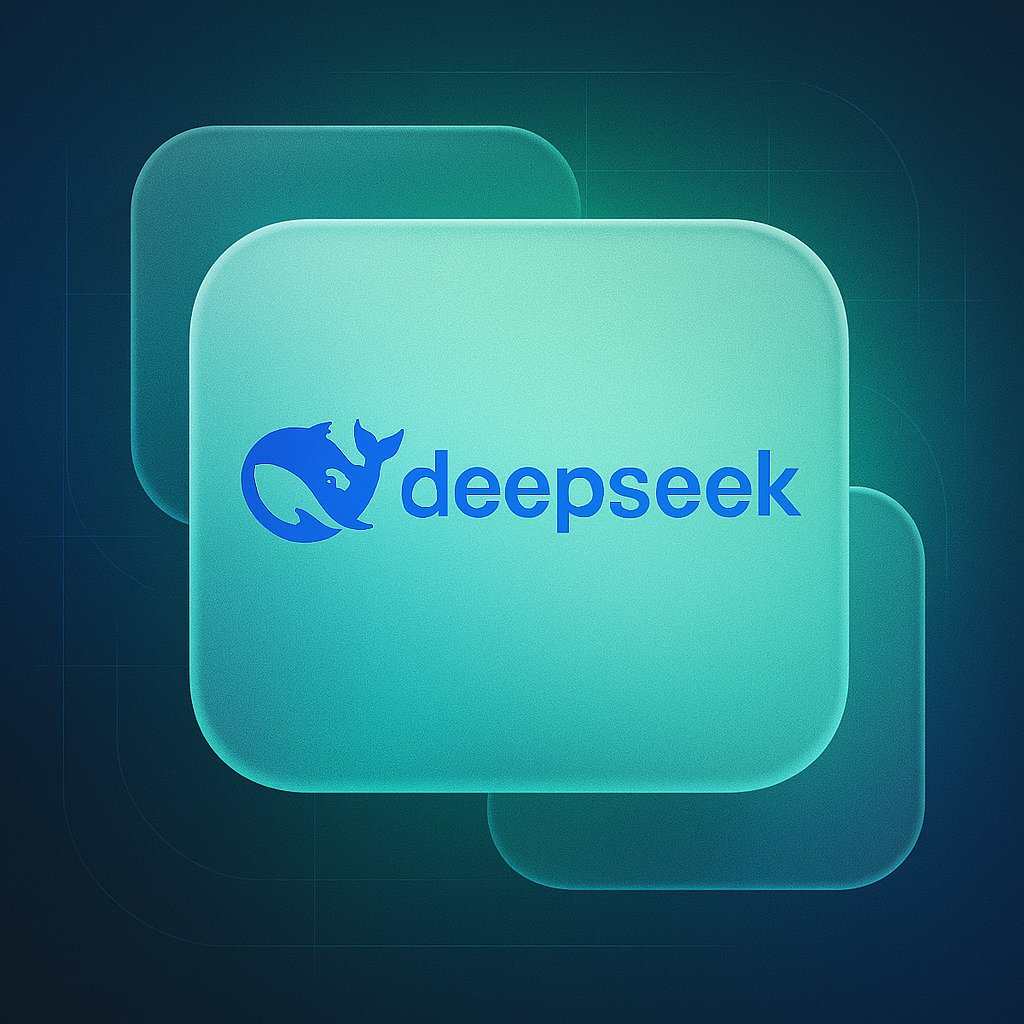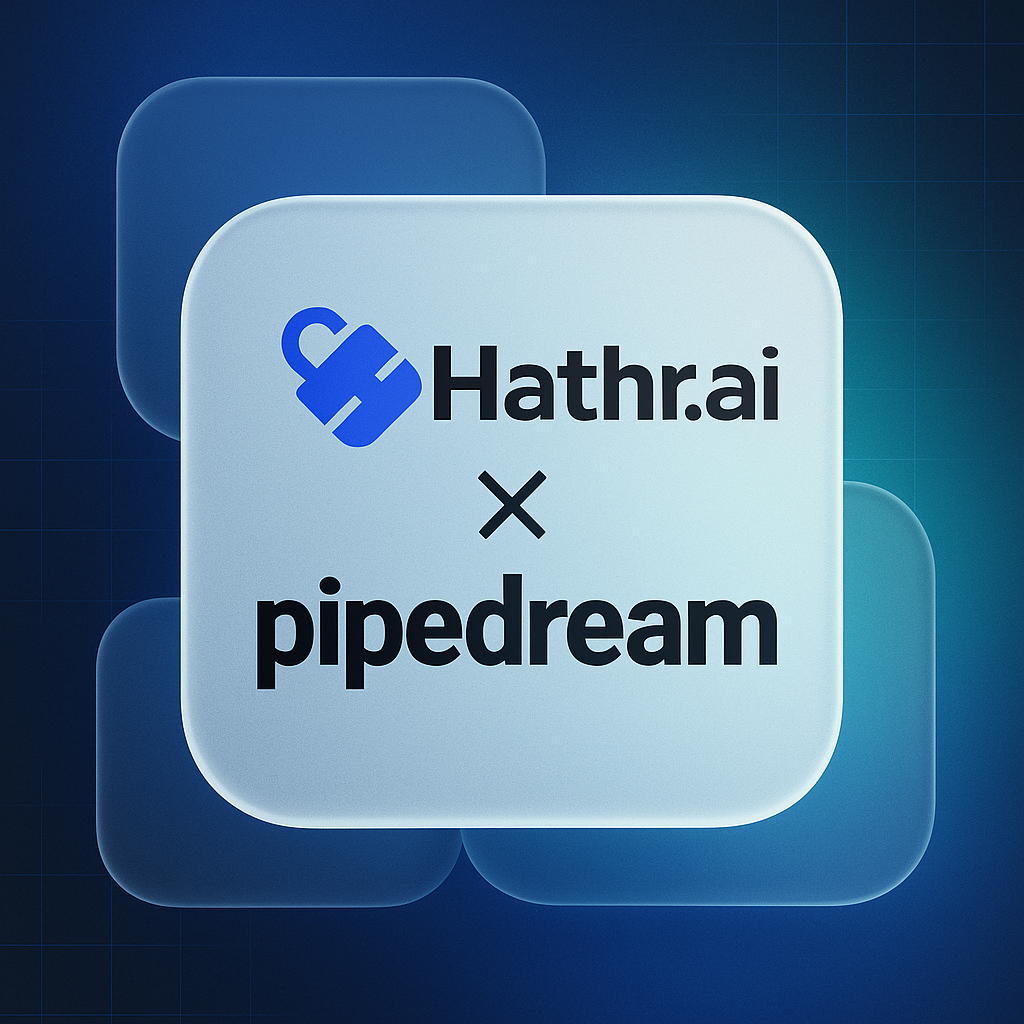Key Questions This Article Answers:
- Why do SharePoint security vulnerabilities matter?
- What is the SharePoint ToolShell attack and how did Chinese hackers exploit it?
- Which organizations were affected by the SharePoint zero-day vulnerabilities?
- How do SharePoint security breaches impact HIPAA compliance for healthcare organizations?
- Why are standard cloud environments vulnerable to nation-state cyber attacks?
- What makes AWS GovCloud more secure than regular cloud infrastructure?
- How can organizations protect sensitive AI workloads from sophisticated threats?
- What are the compliance implications of the CVE-2025-53770 vulnerability?
- Why is government-grade security essential for healthcare and government AI?
Chinese Hackers Breach 54+ Organizations Through SharePoint Zero-Day Exploits: Why Standard Cloud Security Failed
When Chinese state-sponsored hackers compromised dozens of organizations worldwide through Microsoft SharePoint servers, it wasn’t just another security incident—it was a stark reminder that traditional cloud infrastructure can’t protect sensitive data in today’s threat landscape. The SharePoint security vulnerability known as the ToolShell campaign targeted internet-facing SharePoint servers with a sophisticated zero-day exploit chain, successfully breaching at least 54 organizations, including multinational companies and national government entities.
For healthcare organizations, government contractors, and enterprises handling sensitive data, this attack represents more than a technical vulnerability—it’s a wake-up call about the fundamental security assumptions underlying modern cloud infrastructure. When threat actors can gain unauthenticated access to systems and “fully access SharePoint content, including file systems and internal configurations,” the question isn’t whether your current infrastructure is vulnerable, but whether it’s built to withstand the next generation of nation-state attacks.
The ToolShell attacks demonstrate why HIPAA compliant AI platforms and government AI security solutions require purpose-built infrastructure designed specifically for sensitive workloads, not general-purpose cloud environments adapted through configuration.
Dissecting the ToolShell Campaign: Multi-Vector Zero-Day Exploitation
The ToolShell attacks demonstrated the evolving sophistication of nation-state cyber operations, employing a coordinated exploit chain that leveraged multiple zero-day vulnerabilities to devastating effect. Microsoft’s security response team identified several Chinese threat actors orchestrating these attacks, including Linen Typhoon, Violet Typhoon, and Storm-2603—groups known for their advanced persistent threat capabilities and focus on high-value targets.
The attack relied on a carefully crafted vulnerability chain exploiting four distinct CVEs: CVE-2025-49706, CVE-2025-49704, CVE-2025-53770, and CVE-2025-53771. This multi-vector approach allowed attackers to bypass traditional security controls and gain remote code execution on fully patched SharePoint servers. The initial vulnerabilities, first demonstrated at the Berlin Pwn2Own hacking contest by Viettel Cyber Security researchers, were weaponized by threat actors within weeks of the public demonstration.
Security firm Eye Security first detected active exploitation on July 7th, but the scope of the campaign only became clear as additional organizations reported compromises. Check Point Research confirmed that attackers had been systematically targeting entities across government, telecommunications, and software sectors throughout North America and Western Europe. The attack’s precision targeting suggests extensive reconnaissance and planning, hallmarks of sophisticated nation-state operations.
The technical execution was particularly concerning for organizations using AI for sensitive data processing. Attackers gained unauthenticated access to SharePoint systems, meaning they bypassed all authentication controls entirely. Once inside, they could access file systems, internal configurations, and execute arbitrary code across the network. Microsoft’s analysis revealed that the attackers deployed web shells named “spinstall0.aspx” and variants, establishing persistent access channels for data exfiltration and lateral movement.
The emergence of a public proof-of-concept exploit for CVE-2025-53770 on GitHub, released shortly after Microsoft’s emergency patches, demonstrates how quickly sophisticated attack techniques proliferate. CISA’s immediate addition of the vulnerability to its Known Exploited Vulnerability catalog and mandate for federal agencies to patch within 24 hours underscores the critical nature of this threat.
What makes ToolShell particularly dangerous for organizations using AI with sensitive data is its combination of technical sophistication with operational security. The attackers used ngrok tunnels and command-and-control infrastructure that evaded traditional network monitoring, while the web shells were designed to blend with legitimate SharePoint functionality. This level of operational sophistication indicates resources and planning capabilities typically associated with well-funded nation-state programs.
Beyond Technical Patches: The Compliance Nightmare
While security teams scrambled to apply emergency patches, compliance officers faced a more complex challenge: determining the full scope of potential data exposure and regulatory obligations. The ToolShell attacks created cascading compliance implications that extend far beyond the initial technical breach, particularly for organizations using AI to process protected information.
HIPAA violations present the most immediate concern for healthcare organizations using AI for patient data. When attackers gain full access to SharePoint content, they potentially access protected health information (PHI) stored in documents, shared drives, and integrated AI systems. The HIPAA breach notification requirements demand that covered entities notify patients within 60 days if their PHI may have been compromised. However, the sophisticated nature of the ToolShell attacks makes it difficult to definitively determine what data was accessed versus what was merely accessible.
Government contractors face equally serious NIST 800-171 compliance challenges. The framework requires specific safeguards for controlled unclassified information (CUI), including audit and accountability measures that may have been compromised during the attacks. Contractors must demonstrate continuous compliance with security controls, but the ToolShell attacks created gaps in audit trails that could trigger compliance failures and potential contract suspensions.
The breach notification requirements create additional complexity for organizations using AI platforms. Organizations must balance legal obligations for timely disclosure with ongoing forensic investigations to determine the full scope of compromise. The sophisticated nature of nation-state attacks means traditional incident response timelines may be insufficient to fully understand data exposure before notification deadlines expire.
Perhaps most challenging are the audit trail gaps created by the attacks. When attackers gain system-level access to SharePoint servers, they can potentially modify logs, delete evidence, and obscure their activities. This creates a compliance documentation nightmare where organizations struggle to prove what data wasn’t accessed—a critical requirement for demonstrating due diligence in breach response efforts.
The financial implications compound these compliance challenges. Beyond potential regulatory fines, organizations face the costs of forensic investigations, legal notifications, credit monitoring services, and potential litigation. For healthcare cybersecurity incidents, the average cost of a data breach now exceeds $10 million, with nation-state attacks commanding even higher remediation costs due to their sophistication and scope.
Why Standard Cloud Environments Fall Short
The ToolShell attacks exposed fundamental weaknesses in traditional cloud security models that leave sensitive data vulnerable to sophisticated threat actors. These vulnerabilities aren’t simply technical oversights—they’re inherent limitations of shared responsibility models and multi-tenant architectures that can’t provide the isolation required for truly sensitive AI workloads.
Shared responsibility models create dangerous security gaps between cloud providers and customers, particularly for AI applications processing sensitive data. While Microsoft maintains responsibility for the underlying SharePoint platform, customers are responsible for configuration, access controls, and data protection. This division of responsibility creates blind spots where sophisticated attackers can exploit the boundary between provider and customer security controls. The ToolShell attacks demonstrated how nation-state actors can leverage these gaps to bypass security measures implemented at both layers.
Multi-tenancy risks become critical vulnerabilities when dealing with advanced persistent threats targeting AI systems. Standard cloud environments host multiple customers on shared infrastructure, creating potential attack vectors through neighboring tenants or shared services. While hypervisor-level isolation provides basic security, it’s insufficient against attackers with the resources and sophistication to discover and exploit subtle architectural vulnerabilities that could compromise AI training data or model outputs.
Patch management windows create extended exposure periods in standard cloud environments hosting AI workloads. The ToolShell attacks occurred during the critical window between vulnerability disclosure and patch deployment—a period when sophisticated attackers moved quickly to exploit newly discovered attack vectors. Organizations relying on vendor patch cycles found themselves defenseless against zero-day attacks, highlighting the need for infrastructure that can provide protection even during patch windows.
Threat actor sophistication has evolved beyond traditional enterprise defenses and now specifically targets AI infrastructure and data. The Chinese groups behind ToolShell demonstrated capabilities that outmatch standard cloud security controls: advanced reconnaissance, custom exploit development, operational security that evades detection, and persistence mechanisms that survive typical incident response efforts. These capabilities require infrastructure designed specifically to defend against nation-state threats.
The fundamental issue is that standard cloud environments are designed for scalability and cost efficiency, not for defending against nation-state attacks on sensitive AI data. AWS GovCloud’s FedRAMP High environment provides the enhanced isolation, monitoring, and control required to protect against sophisticated threats. Unlike standard cloud offerings, GovCloud implements additional security layers specifically designed to handle sensitive government workloads and defend against advanced persistent threats.
Organizations handling HIPAA-controlled data, CUI, or other sensitive information through AI systems need infrastructure that assumes sophisticated attackers will attempt to compromise their systems. This requires moving beyond shared responsibility models to purpose-built environments where security controls are designed, implemented, and monitored specifically for high-value targets.
Protecting Sensitive Data: Infrastructure as a Security Control
The ToolShell attacks provide critical lessons for organizations seeking to protect sensitive data against sophisticated threats, especially when implementing AI solutions for healthcare and government applications. Effective defense requires treating infrastructure selection as a fundamental security control, not merely a technology purchasing decision.
Comprehensive asset inventory becomes the foundation of effective defense for AI-enabled organizations. Organizations must identify all internet-facing systems, understand their attack surface, and prioritize protection for systems handling sensitive data processed by AI applications. The ToolShell attacks targeted publicly accessible SharePoint servers, demonstrating how exposed systems become immediate targets for reconnaissance and exploitation. Healthcare organizations and government contractors must maintain real-time visibility into their external attack surface and implement additional controls for systems that can’t be removed from internet access.
Network segmentation provides critical damage containment when sophisticated attackers succeed in gaining initial access to AI infrastructure. The ToolShell attacks demonstrated how initial SharePoint compromise could lead to broader network access and data exfiltration. Proper segmentation isolates sensitive AI workloads, limits lateral movement, and contains the scope of potential breaches. This is particularly important for AI data protection where compromise could expose large volumes of protected information used for training or inference.
Continuous monitoring and threat detection must assume sophisticated adversaries will attempt to evade traditional security controls targeting AI systems. The ToolShell attackers used operational security techniques specifically designed to avoid detection, including legitimate infrastructure for command and control and web shells designed to mimic normal application behavior. Organizations need monitoring capabilities that can detect subtle indicators of compromise and anomalous behavior patterns characteristic of advanced persistent threats against AI infrastructure.
Incident response planning must account for nation-state attack capabilities including evidence destruction, persistence mechanisms, and operational security that specifically target AI systems and data. The ToolShell attacks demonstrated how sophisticated threat actors can maintain access even after initial discovery, requiring response procedures designed for advanced adversaries. This includes forensic capabilities that can recover evidence from compromised systems and legal procedures for handling attacks with potential national security implications.
Security isn’t just about implementing patches and security controls—it’s about choosing infrastructure that can withstand sophisticated attacks from well-resourced adversaries targeting AI systems. Organizations handling sensitive data need purpose-built environments designed specifically for high-value targets, not general-purpose cloud infrastructure adapted for security through configuration and add-on controls.
Building Security from the Ground Up
While organizations struggle to assess their exposure to ToolShell-style attacks, forward-thinking leaders are recognizing that true security requires infrastructure designed specifically for sensitive AI workloads. At Hathr.AI, we’ve built our platform on the foundation that government-grade security isn’t optional for organizations handling protected data through AI—it’s essential.
The AWS GovCloud advantage provides capabilities that standard cloud environments simply cannot match for secure AI operations. GovCloud operates as a completely separate cloud infrastructure, isolated from commercial AWS regions and designed specifically for sensitive government workloads. This isolation provides protection against the multi-tenancy risks and shared infrastructure vulnerabilities that sophisticated attackers exploit in standard cloud environments. When Chinese threat actors are leveraging zero-day exploits against shared infrastructure, the physical and logical separation of GovCloud becomes a critical defensive advantage for AI platforms.
Zero data retention eliminates the fundamental risk of data exposure in AI applications. Unlike traditional AI platforms that may retain user data for training or analysis, Hathr.AI’s architecture ensures that sensitive information never persists beyond the immediate interaction. This approach eliminates entire categories of risk demonstrated by the ToolShell attacks—even if our infrastructure were somehow compromised, there would be no stored data for attackers to exfiltrate. For healthcare organizations handling PHI or government contractors processing CUI through AI, this architectural decision provides protection that patching and monitoring alone cannot achieve.
US-only operations provide data sovereignty guarantees that become critical when facing nation-state threats targeting AI systems. All Hathr.AI operations, data processing, and personnel are located within the United States, ensuring that sensitive information never crosses international boundaries where it might be subject to foreign intelligence collection. Our team consists entirely of US citizens, providing an additional layer of operational security against insider threats and foreign intelligence operations targeting AI infrastructure.
Compliance-first design ensures that security controls meet the most stringent regulatory requirements including HIPAA, NIST 800-171, and FedRAMP High standards for AI platforms. Rather than retrofitting security controls onto existing infrastructure, we’ve built our platform from the ground up to exceed the requirements for handling the most sensitive data through AI applications. This approach provides assurance that security controls will meet regulatory requirements even as compliance frameworks evolve to address emerging AI-specific threats.
Our team’s experience with former National Security Professionals provides unique insights into the threat landscape facing organizations with sensitive AI data. We understand the capabilities and tactics used by sophisticated adversaries because we’ve defended against them in government environments. This experience informs every aspect of our platform design, from architecture decisions to operational procedures, ensuring that our security controls address real-world threats rather than theoretical vulnerabilities.
The ToolShell attacks demonstrate that traditional approaches to cloud security—patching, monitoring, and configuration management—are insufficient against sophisticated nation-state threats targeting AI infrastructure. Organizations need infrastructure designed specifically to defend against advanced adversaries, with security controls that assume attackers will have zero-day capabilities and operational security designed to evade detection.
The Path Forward: Proactive Infrastructure Choices
The ToolShell attacks demonstrate that securing sensitive data requires more than reactive patching—it demands proactive infrastructure choices that assume sophisticated adversaries will attempt to compromise traditional security controls, especially when targeting valuable AI systems and data. While organizations scramble to assess their SharePoint exposure and implement emergency patches, forward-thinking leaders are already moving sensitive AI workloads to purpose-built, government-grade environments designed to withstand nation-state attacks.
For healthcare organizations, government contractors, and enterprises handling sensitive data through AI applications, the question isn’t whether sophisticated attacks will continue—it’s whether your infrastructure can defend against them. The Chinese threat actors behind ToolShell represent just one example of the advanced capabilities now targeting sensitive data across all sectors. As AI becomes increasingly central to operations involving protected information, the security of AI infrastructure becomes a critical organizational risk that demands the highest levels of protection.
The choice is clear: continue relying on shared infrastructure designed for general-purpose workloads, or transition to purpose-built environments that provide government-grade security for sensitive AI operations. At Hathr.AI, we’ve made that choice easy by building the only HIPAA-compliant AI platform hosted in AWS GovCloud’s FedRAMP High environment.
Interested in Safe AI? Click Here to book a call >
Our Youtube Videos
Description
As Hathr.AI, we are dedicated to providing a private, secure, and HIPAA-compliant AI solution that prioritizes your data privacy while delivering cutting-edge technology for enterprises and healthcare professionals alike.
In this video, we’ll dive deep into the growing concerns around data privacy with AI tools—especially in light of recent revelations about Microsoft’s Word and Excel AI features. These new features have raised alarm over data scraping practices, where user data could be used without clear consent, leaving individuals and organizations exposed to potential privacy breaches. What makes this especially concerning is the "opt-in by default" design, which could lead to unintended data sharing.
In contrast, Hathr.AI ensures that your data stays yours. With a firm commitment to HIPAA compliance, we take the protection of sensitive healthcare data to the highest level. Our platform is built with the understanding that privacy is not an afterthought but a fundamental pillar of our design. We don’t collect, store, or sell user data, and we employ state-of-the-art encryption, secure access protocols, and clear user consent processes to keep you in full control.
We’ll also touch on why Hathr.AI, powered by advanced LLM (Large Language Models) like Claude AI, offers a secure and private alternative for businesses looking to leverage AI technology without compromising sensitive information. While some AI tools may collect or expose data through ambiguous or hard-to-find opt-out settings, Hathr.AI puts transparency and security at the forefront, offering peace of mind in an era of increasing digital vulnerability.
If you’re concerned about your privacy or looking for a HIPAA-compliant AI solution that respects your data, Hathr.AI provides the robust security, transparency, and ethical design that you need.
Key Points:
- HIPAA Compliant AI: Built for healthcare professionals, ensuring compliance with privacy regulations.
- Privacy-first: No data scraping, no data selling, full user control over information.
- Claude AI: Secure, powerful LLM tools for advanced capabilities without compromising security.
- Data Transparency: Say goodbye to hidden opt-in/opt-out toggles—Hathr.AI gives you clear, easy-to-understand privacy settings.
Tune in to learn how Hathr.AI ensures your AI tools remain private, secure, and trustworthy, while still delivering the performance and accuracy you need to thrive in a fast-evolving digital landscape.
Don't forget to like, comment, and subscribe for more insights on secure AI solutions and how to protect your organization from emerging privacy risks!
Description
Discover how Hathr AI's advanced AI tools transform federal acquisition processes with unparalleled security and efficiency. Designed for government professionals, this video showcases Hathr AI’s capabilities, including secure AI data analysis, HIPAA-compliant tools, and AWS GovCloud integration, to help streamline decision-making and document management. Perfect for agencies seeking private, compliant, and powerful AI solutions, Hathr.AI delivers tools tailored for healthcare and government needs.
Key Topics Covered:
AI-driven data analysis for governmentHIPAA-compliant, secure AI tools for federal agencies
Private deployment options with AWS GovCloud
Learn more about Hathr AI’s secure, high-performance solutions at hathr.ai and transform your agency’s acquisition process with cutting-edge AI.
Description
Discover how Hathr.AI simplifies NSF grant evaluations with advanced AI-driven compliance and proposal review tools. This video showcases Hathr.AI’s capability to streamline grant compliance checks, enhance accuracy, and save time for evaluators and applicants alike. Ideal for research institutions, government agencies, and proposal writers, Hathr.AI offers secure, HIPAA-compliant AI solutions tailored to meet the complex requirements of NSF and other grant processes.Highlights:AI-powered compliance checks for NSF grant proposalsFast, accurate, and secure evaluations with Hathr.AITailored solutions for research, government, and healthcareOptimize your grant proposal process with Hathr.AI's private, secure AI tools. Learn more at hathr.ai and transform how you handle grant evaluations and compliance.
Description
Join Hathr.AI at the Defense Information Systems Agency (DISA) Technical Exchange Meeting to explore innovative AI solutions tailored for federal and defense applications. In this session, we highlight Hathr.AI's secure, private AI tools designed for efficient data handling, HIPAA compliance, and seamless integration within government systems, including AWS GovCloud. Perfect for agencies seeking reliable AI for data analysis, document summarization, and secure decision-making, Hathr.AI provides cutting-edge technology for defense and healthcare needs.Highlights:AI tools for federal and defense data managementSecure, HIPAA-compliant AI solutions with AWS GovCloudEnhancing operational efficiency with private AI deploymentsDiscover how Hathr.AI's solutions empower government and defense agencies to stay at the forefront of innovation. Visit https://hathr.ai to learn more about our services.






